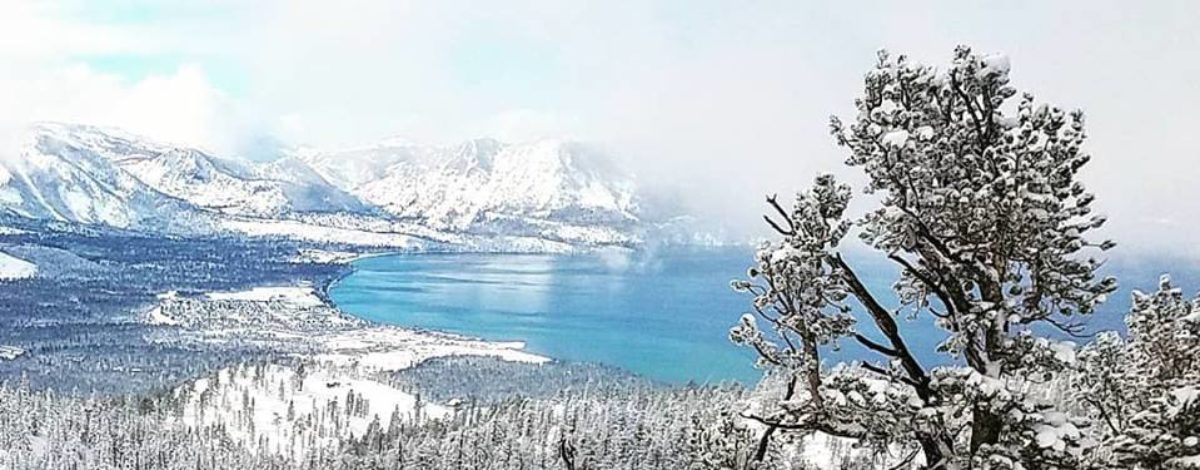How Trees Survive Winter
Here in Tahoe, it seems like winter is finally here! While we turn on our heaters and layer up in jackets and blankets, trees must make changes to make it through winter’s cold temperatures, too! They have several ways to adapt to and survive the freezing cold.
Trees go dormant
Dormancy is the plant kingdom’s version of hibernation: metabolism and growth slow way down in order to conserve water. Trees cannot drink – or therefore grow – when the ground is frozen.
Trees have smart leaves
Deciduous trees drop their leaves, which allows them to conserve energy and water. Evergreens have thin needles with a waxy coating: adaptations that also reduce water loss!
Trees have bark
The outer bark of trees contains many air pockets, rather than living cells filled with liquid that can freeze. The air pockets in bark help provide insulation and protection against freezing and cracking during the winter. Different species of trees feature different textures, densities, and colors of bark that help them tolerate cold temperatures in different ways.
Trees have sugary sap
Because water expands when it freezes and because ice crystals are sharp, living cells burst or are severely damaged if exposed to freezing temperatures. To avoid this problem, tree cells are filled with sap. As anyone who has enjoyed maple syrup knows, tree sap contains sugar. In winter, the tree sap acts as a biological “antifreeze” because sugary sap cannot freeze like water would. In fact, the sugars in tree sap are concentrated in winter to further protect the living cells from damage.
Scientists are constantly learning about new aspects of tree adaptations and physiology. Trees have way more “tricks up their sleeve” than we often think – including many mechanisms that are too detailed for this short article – but now you’ll have something to look up or to ponder by the fireside with a maple syrupy hot toddy on a long winter’s night!
Huge thanks to the Sugar Pine Foundation for sharing this piece! Follow this LINK to learn more about their work.


